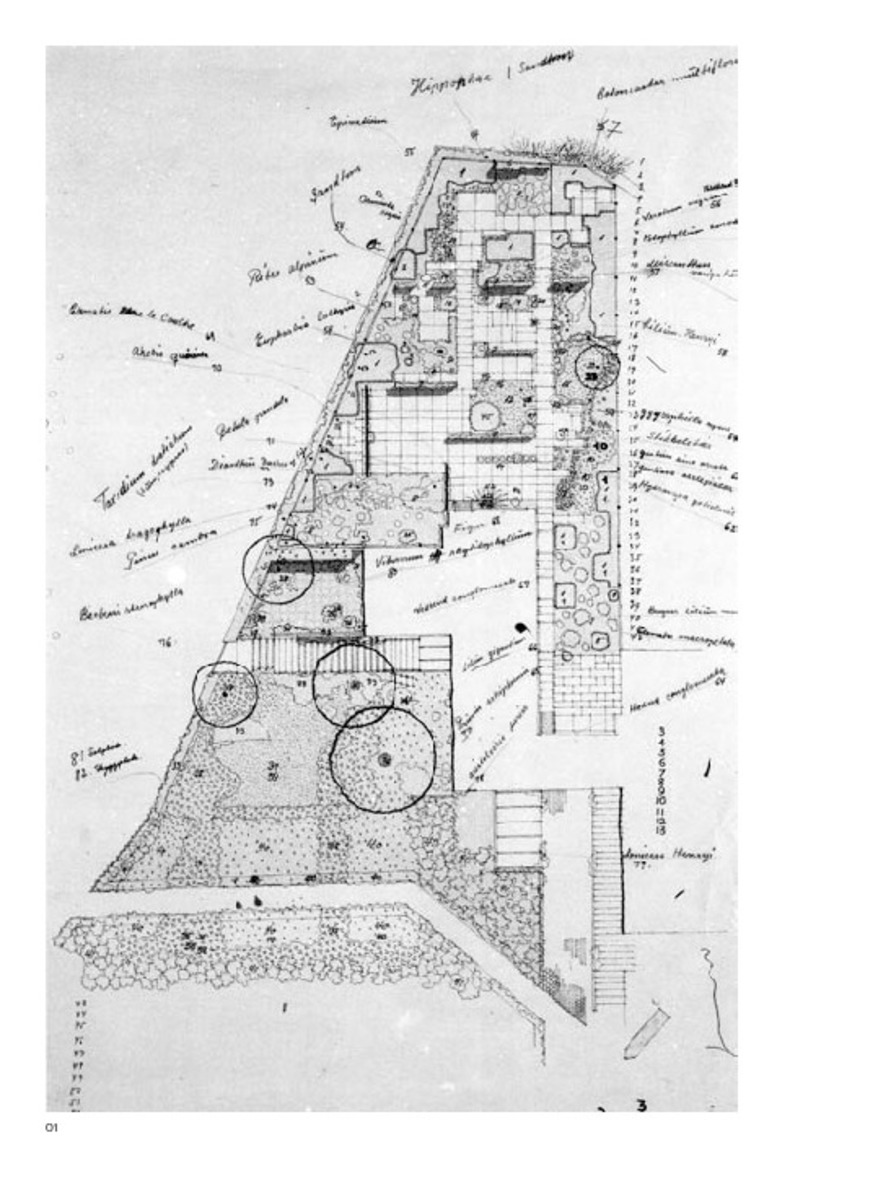El jardín de la casa de Arne Jacobsen en 'Søholm I': un espacio para la experimentación paisajística
Other Titles:
The Garden of Arne Jacobsen’s own House in ‘Søholm I’: an Open Space for Landscape Design Testing
Keywords:
Arne Jacobsen
jardín
Søholm
paisaje
arquitectura moderna
Arne Jacobsen
Garden
Søholm
Landscape
Modern Architecture
Publisher:
Servicio de Publicaciones de la Universidad de Navarra
Citation:
Almonacid, R. (Rodrigo). "El jardín de la casa de Arne Jacobsen en 'Søholm I': un espacio para la experimentación paisajística". Ra. Revista de Arquitectura. 20, 2018, 162 - 175
Statistics and impact
0 citas en

0 citas en

Items in Dadun are protected by copyright, with all rights reserved, unless otherwise indicated.







